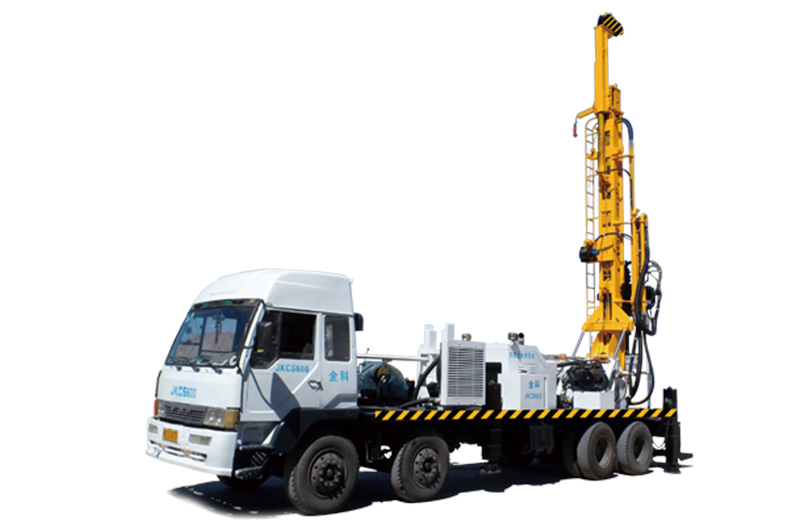How to Maintain Truck Mounted Drill Rig
Maintaining a truck-mounted drill rig is essential to ensure optimal performance, extend equipment lifespan, and enhance safety during drilling operations. Here's a guide on how to effectively maintain a truck-mounted drill rig:
1. Regular Inspections: Conduct routine visual inspections of the entire drill rig, including the truck chassis, drilling components, hydraulic systems, and control panels. Look for signs of wear, loose bolts, hydraulic leaks, or any damaged parts. Regular inspections help identify potential issues before they escalate.
2. Lubrication: Keep all moving parts well-lubricated to reduce friction and prevent premature wear. Pay attention to pivot points, joints, bearings, and hydraulic components. Follow the manufacturer's recommendations for lubrication intervals and use the appropriate lubricants.
3. Hydraulic System Maintenance: The hydraulic system is crucial for the operation of a truck-mounted well drill rig. Check hydraulic fluid levels regularly and replace or top up as needed. Inspect hoses, fittings, and seals for leaks and replace any damaged components promptly. Clean hydraulic filters and change them according to the recommended schedule.
4. Monitor Fluid Levels: Regularly check and maintain the levels of other fluids, including engine oil, coolant, and fuel. Follow the manufacturer's guidelines for fluid specifications and change intervals. Clean or replace air filters to ensure the engine operates efficiently.
5. Drill Rig Operation Training: Ensure that operators are trained in the proper operation of the drill rig. Misuse or improper handling can lead to premature wear and equipment damage. Provide ongoing training for operators to stay updated on best practices and safety procedures.
6. Keep Records of Maintenance: Maintain a detailed record of all maintenance activities, including inspections, lubrication, fluid changes, and any repairs performed. This documentation helps in tracking the overall health of the drill rig, aids in scheduling routine maintenance, and assists in identifying potential recurring issues.
7. Address Wear and Tear Promptly: Replace worn-out components, such as drill bits, rods, or any parts showing signs of fatigue, promptly. Continuing to use worn-out parts can lead to decreased drilling efficiency and potentially cause more significant damage to the rig.
8. Calibration and Alignment: Periodically check and calibrate the rig's alignment to ensure accurate drilling. Misalignment can lead to deviations in hole placement and impact drilling efficiency. Calibration should be done according to the manufacturer's specifications.
9. Safety Checks: Prioritize safety by conducting regular safety checks on all components, including emergency shut-off systems, warning lights, and backup alarms. Ensure that safety features are operational to prevent accidents during drilling operations.
10. Professional Servicing: Schedule regular professional servicing by authorized technicians. They can perform in-depth inspections, identify hidden issues, and ensure that the rig meets all safety and performance standards. Professional servicing is particularly crucial for major components like the drilling mechanism and truck chassis.
By following these maintenance practices, operators and maintenance personnel can contribute to the longevity, efficiency, and safety of a truck-mounted drill rig. Regular inspections, proper lubrication, and addressing issues promptly are key elements in maintaining a reliable and productive drilling operation.

评论
发表评论